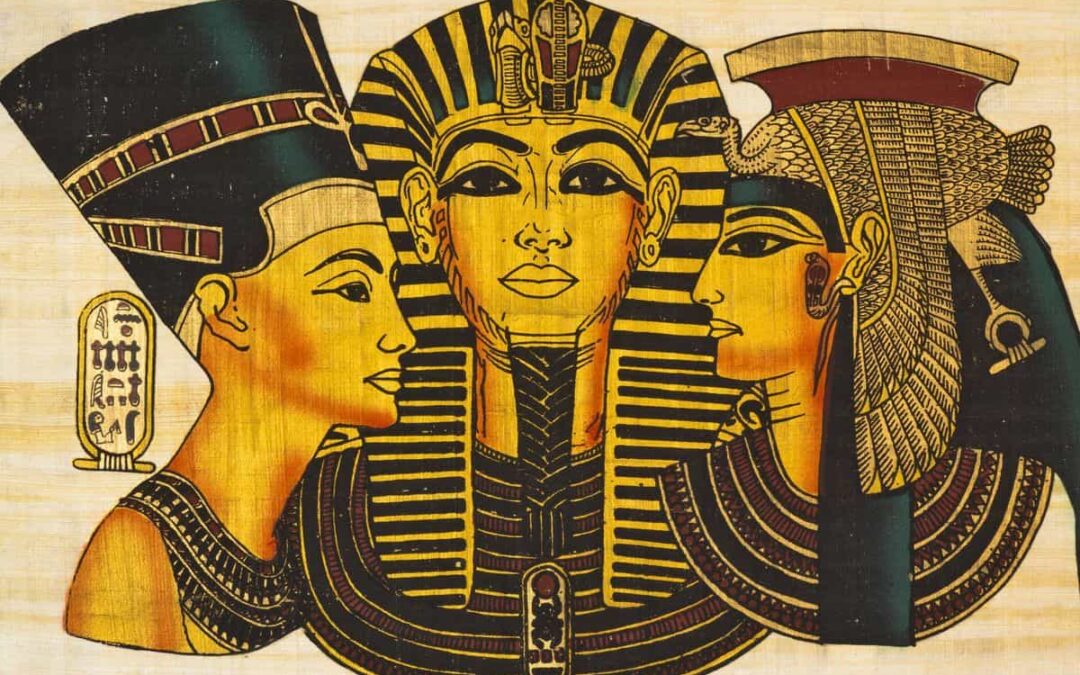The mysterious deaths following the discovery of King Tutankhamun‘s tomb, along with the sensationalism of the time, created a legend that still persists today.
There have even been rumors on social media about the so-called “Curse of the Pharaohs,” alleging that disturbing the rest of these ancient rulers is what unleashed their wrath.
“Death shall come on swift wings to those who disturb the peace of the pharaoh.” When Egyptologist Howard Carter, along with Lord Carnavon and his daughter, opened the tomb of the young Pharaoh Tutankhamun in the 1920s, they likely suspected the significance of their discovery.
“I see amazing things,” Carter is said to have exclaimed as he peered into the hole and saw the gold and riches, as well as the perfectly preserved chamber. Ironically, the most significant aspect of King Tutankhamun’s life was his death.
The young ruler, who died at the age of 19 and was found to have been in poor health during life due to inbreeding, had suffered from malaria and needed a cane due to a clubfoot.
According to research, he was the son of Akhenaten, the heretic pharaoh who initiated a religious revolution by turning Egypt into a monotheistic society that worshiped only the sun god, Aten.
After the tomb was opened, those involved in the discovery started to pass away. In March 1923, Lord Carnavon, who was already in poor health, was bitten by a mosquito and developed sepsis from cutting the bite while shaving. He died from pneumonia on April 5th.
More deaths followed: Aubrey Herbert, Lord Carnavon’s half-brother who was also present at the opening of the royal chamber, died inexplicably after returning to London (he had also been in poor health since youth).
Arthur Mace, the man who gave the final blow to the wall to enter the royal chamber, died in Cairo shortly thereafter without a medical explanation.
Sir Douglas Reid, who X-rayed Tutankhamun’s mummy, fell ill and returned to Switzerland, where he died two months later. The imagination of the journalists at the time, just like the film “The Curse of Tutankhamun” shot in the 1980s, did the rest.
The story of the supposed curse gained renewed attention in the 1960s and 1970s when various artifacts from the Egyptian Museum in Cairo were moved to European museums for temporary exhibitions.
Over time, one of the strongest theories is that the deaths could have been related to an infection caused by fungi that had survived for years in Tutankhamun’s tomb and may have increased in virulence.
It’s worth noting that while 25 deaths have been recorded, one study showed that of the 58 people present when the tomb was opened, only eight died in the next 12 years.
In fact, Howard Carter, who was probably the most significant figure in the excavation, was the exception. He died in 1939 at the age of 64 and always dismissed the supposed curse as “stupid ideas.” Carter stated that these beliefs were nothing more than old tales of converted ghosts and that the pharaohs never cursed those who visited or cared for them but blessed them.
Despite this, belief in the curse of the pharaohs persists, even in these skeptical times, due to the fascination and fear that the Egyptian pharaohs continue to evoke, perhaps because of all the mysteries surrounding them.
The cup that was buried with Tutankhamun bears an inscription matching Howard Carter’s epitaph: “May your spirit live for millions of years, you who love Thebes, sitting with your face to the north wind, eyes full of happiness.” Tutankhamun was searching for, and ultimately found, what we all long for: eternity.






